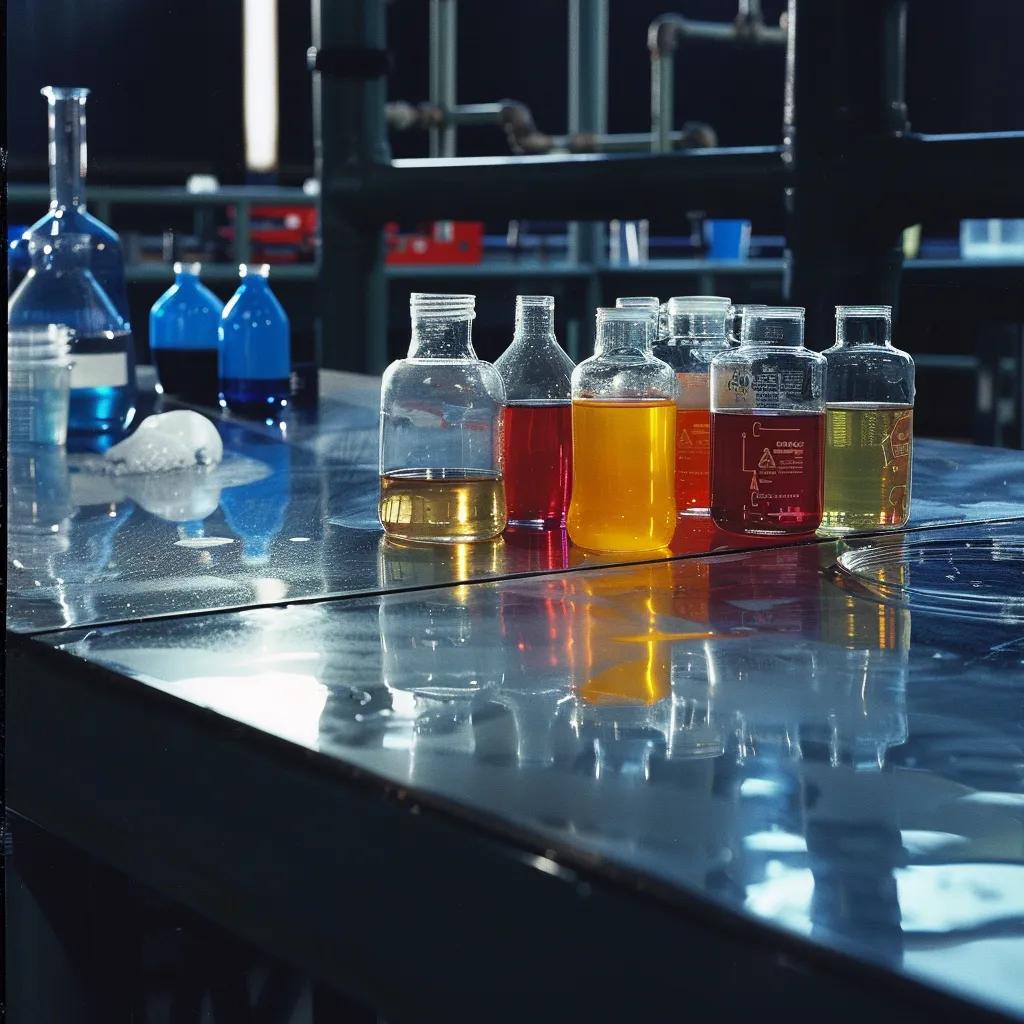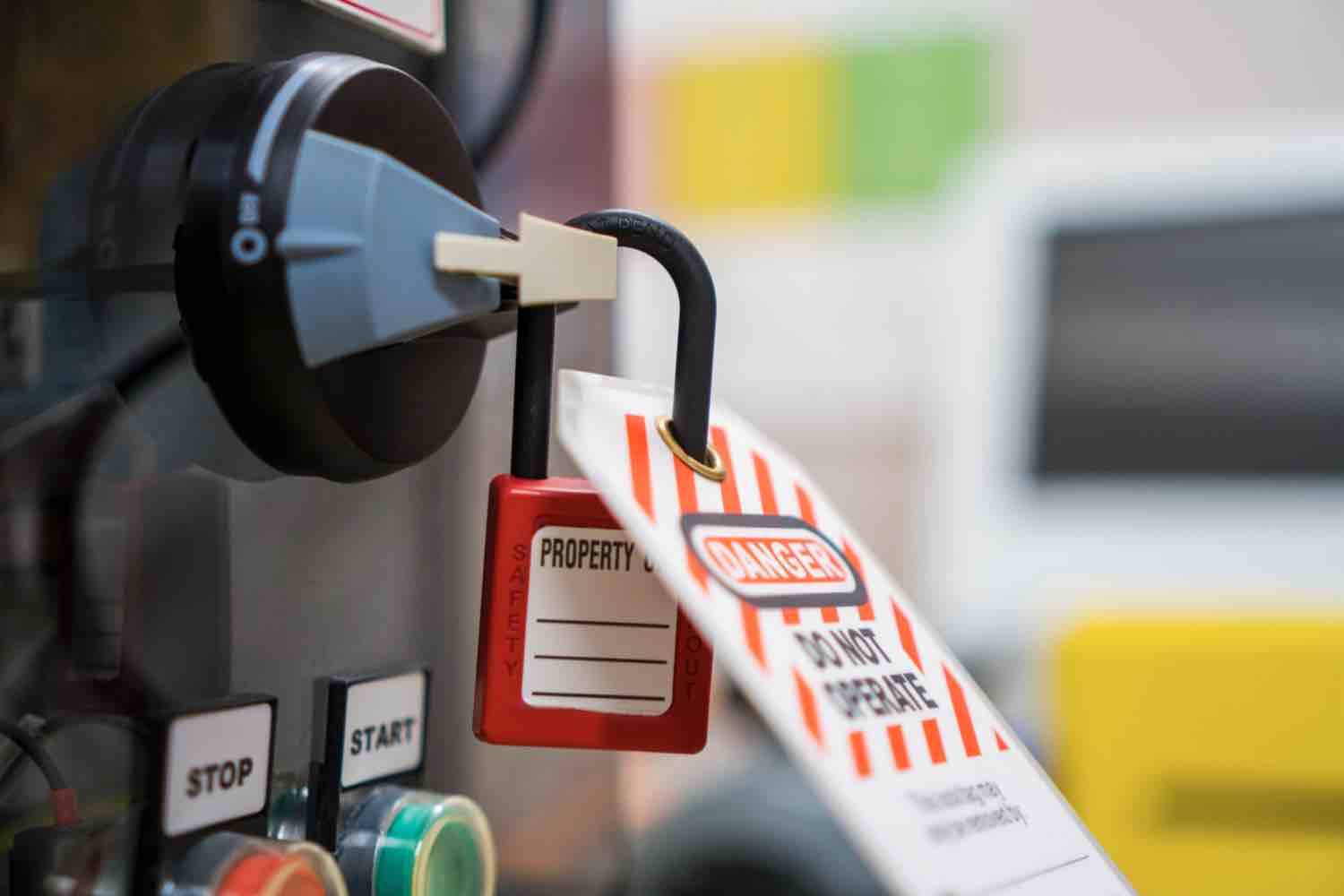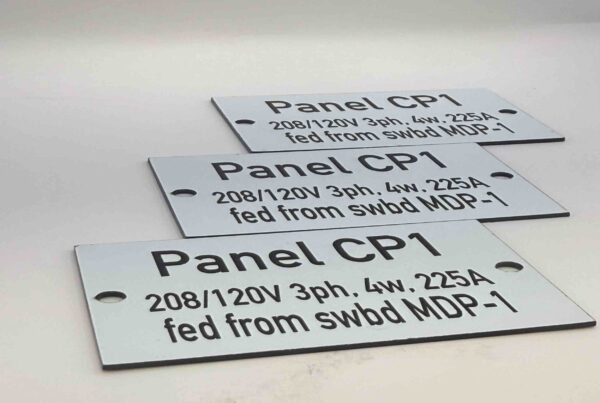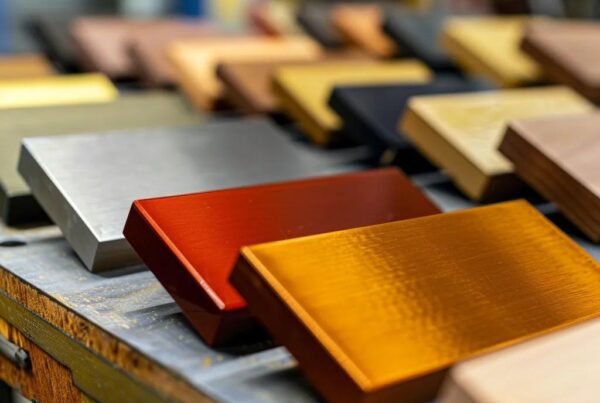Phenolic Plastic Longevity: Why It Outlasts Other Materials and How to Maintain It
Phenolic plastic’s unmatched resistance to heat, chemicals, wear and moisture makes it a premier choice for high-durability commercial surfaces and components. In this article, readers will discover how phenolic resin composition and thermosetting structure deliver exceptional longevity, compare its performance to epoxy, laminate, polycarbonate and acrylic, explore real-world industrial and laboratory applications, and learn best practices for cleaning and maintenance that extend service life.
What Is Phenolic Plastic and Why Is It So Durable?
Phenolic plastic is a thermosetting polymer formed by cross-linking phenol and formaldehyde under heat and pressure, yielding a rigid network that resists deformation and chemical attack. The polymerization mechanism creates a three-dimensional matrix that locks in molecular stability, which explains why phenolic surfaces maintain shape and function under rigorous conditions. Understanding these fundamentals positions facilities to choose phenolic labels where durability is critical and prepares the stage for exploring its unique components.
What Are the Key Components of Phenolic Plastic?
Phenolic plastic combines three primary ingredients:
- Phenol monomers that form the aromatic backbone
- Formaldehyde cross-linkers that bind phenol chains into a rigid network
- Fillers and pigments that enhance mechanical properties and appearance
This composition produces a hard, wear-resistant surface that tolerates impacts, abrasions and chemical exposures far beyond what unfilled polymers can endure. The interplay of aromatic rings and methylene bridges yields a material whose strength underpins its longevity.
How Does the Thermosetting Nature of Phenolic Plastic Enhance Longevity?
Thermosetting means once cured, the polymer cannot remelt or reshape; the cross-linked bonds remain intact even at elevated temperatures. This irreversible hardening grants phenolic plastic high thermal stability and prevents creep under load. As a result, phenolic panels and worktops resist warping and maintain dimensional accuracy, a critical attribute for precision-driven commercial environments.
Phenolic Plastic’s Thermosetting Nature
Phenolic plastic’s thermosetting nature, where it cannot be remelted or reshaped after curing, grants it high thermal stability and prevents deformation under load. This characteristic is crucial for maintaining dimensional accuracy in various commercial applications.
This research provides historical context and explains the fundamental properties of phenolic resins, which are essential to understanding the material’s durability.
What Is Bakelite and How Does It Relate to Phenolic Plastic?
Bakelite is the historical trade name for the first mass-produced phenolic resin invented by Leo Baekeland in 1907. It established phenolic plastic as a durable, electrically insulating material for early telephones and radio components. Modern phenolic formulations build on Bakelite’s foundation with enhanced fillers, colorants and processing techniques, but the core thermoset chemistry remains the same.
Which Properties Make Phenolic Plastic More Durable Than Other Materials?
Phenolic plastic outperforms many common substrates because its polymer network imparts superior mechanical toughness, chemical inertness and moisture resistance. Facilities benefit from reduced downtime, fewer replacements and consistent performance in demanding settings.
How Does Phenolic Plastic Provide Exceptional Mechanical Strength and Wear Resistance?
Phenolic plastic delivers high compressive strength and impact resistance thanks to its cross-linked matrix.
This table shows that phenolic panels sustain repeated mechanical stress while preserving integrity, making them ideal for laboratory benches and industrial worktables that see constant use.
Why Is Phenolic Plastic Highly Resistant to Heat and Fire?
Phenolic plastic resists temperatures up to 250 °C continuously and tolerates brief exposures approaching 300 °C without significant degradation. Its chemical structure limits combustible volatiles, imparting intrinsic fire retardancy and low smoke emission. In electrical and commercial kitchen settings, this high heat resistance reduces fire risk and supports compliance with safety standards.
What Chemical and Solvent Resistances Does Phenolic Plastic Offer?

Phenolic plastic repels many aggressive chemicals, including acids, alkalis, oils and solvents:
- Concentrated sulfuric and hydrochloric acids
- Petroleum-based oils and greases
- Alcohols and common organic solvents
Chemical Resistance of Phenolic Plastic
Phenolic plastic exhibits strong resistance to a wide range of chemicals, including concentrated acids, alkalis, oils, and solvents. This inertness prevents surface degradation and staining, making it suitable for demanding environments like laboratories and food service areas.
This study supports the claims made in the article about the chemical resistance properties of phenolic plastic, which is a key factor in its longevity.
How Does Low Moisture Absorption Contribute to Phenolic Plastic’s Dimensional Stability?
Phenolic plastic absorbs less than 0.2% moisture by weight, so it resists swelling, warping and microbial growth in humid or wet environments. This moisture stability preserves tight tolerances for gaskets, insulation boards and outdoor components, maintaining performance where water exposure is unavoidable.
How Does Phenolic Plastic Longevity Compare to Other Common Materials?
Direct comparisons reveal phenolic plastic’s superior lifespan and maintenance profile versus epoxies, laminates and transparent polymers in similar applications.
This comparative table underscores that phenolic plastic’s thermosetting matrix extends functional service life by at least 50% over competing materials.
What Are the Differences Between Phenolic Plastic and Epoxy or Laminate?
Phenolic plastic forms a rigid, chemically inert network at cure, while epoxy relies on brittle bisphenol bonds and laminate uses decorative overlays on kraft paper. Phenolic’s molecular stability prevents yellowing, delamination and cracking that commonly afflict epoxies and laminates under heavy use.
How Does Phenolic Plastic Outperform Polycarbonate and Acrylic in Commercial Settings?
In high-traffic corridors and industrial flooring, phenolic panels maintain surface integrity without scratching or discoloration, whereas polycarbonate and acrylic develop micro-abrasions that trap dirt and weaken structure. This resilience translates to lower maintenance costs and less frequent replacements.
What Are the Advantages of Phenolic Plastic Over Traditional Materials in Industrial Use?
- Thermal Stability supports hot-work benches and machine housings.
- Chemical Inertness prevents corrosion from process fluids.
- Mechanical Toughness endures shocks and vibrations.
- Dimensional Precision sustains tight tolerances for tooling.
- Low Maintenance reduces cleaning time and replacement cycles.
These advantages enable plants to optimize uptime and protect capital assets.
Where Is Phenolic Plastic Commonly Used in Commercial and Industrial Environments?
Phenolic plastic appears in a range of high-demand settings where longevity and safety are paramount. phenolic labels orlando
What Commercial Applications Use Phenolic Plastic for Longevity?
Phenolic resin panels and sheets serve as:
- Laboratory countertops that resist chemical spills and heat
- Electrical switchgear housings with built-in insulation
- Commercial food-service work surfaces that withstand knives and sanitizers
These applications leverage phenolic’s robust attributes to support daily operations in sensitive environments.
How Is Phenolic Plastic Used in Industrial Work Surfaces and Insulation?
Industrial flooring modules and insulation boards employ phenolic resin to combine thermal performance with compressive strength. Phenolic insulation panels deliver fire retardancy and low smoke emission in boiler rooms and HVAC systems, while work platforms resist wear under heavy machinery.
Why Is Phenolic Plastic Preferred for High-Wear Parts in Commercial Buildings?
Phenolic bearings, shutter components and door thresholds utilize its load-bearing capacity and wear resistance to outlast metal parts subject to corrosion. In automotive service bays and manufacturing plants, phenolic bushings and shims maintain alignment without regular replacement.
How Can Proper Cleaning Extend the Longevity of Phenolic Plastic Surfaces?
Regular, appropriate cleaning preserves phenolic plastic’s performance by removing contaminants that could degrade its surface chemistry or disguise early wear.
What Are the Best Practices for Cleaning Phenolic Plastic Surfaces?

Use a mild, pH-neutral cleaner and a soft microfiber cloth to gently lift soils without abrading the resin surface. Rinse with clean water and dry with a lint-free towel. Freedom Cleaning Solutions recommends scheduling monthly deep-clean protocols to prevent buildup of oils and residues that can accelerate wear.
Which Cleaning Agents and Tools Should Be Avoided on Phenolic Plastic?
Harsh alkali-based detergents, high-strength solvents like acetone, and abrasive pads can strip protective fillers and dull the finish. Avoid steel wool, scouring powders and concentrated bleach solutions to maintain polymer integrity and color.
How Should Specific Stains and Damage on Phenolic Plastic Be Addressed?
Surface scuffs from heavy equipment can be buffed out using a non-scratch pad and a diluted ammonia spray, followed by polishing with a phenolic-safe restorative compound. For chemical spills such as strong acids, immediately rinse with ample water and neutralize with sodium bicarbonate solution before standard cleaning.
What Maintenance Steps Help Preserve Phenolic Plastic Durability Over Time?
Beyond cleaning, routine inspections and gentle restorations sustain the structural and aesthetic qualities of phenolic installations.
How Does Regular Maintenance Prevent Material Degradation?
Scheduled visual checks for micro-cracks or edge delamination allow early intervention. Tightening mechanical fasteners and re-sealing joints with compatible resin sealant prevents moisture ingress and preserves dimensional stability.
What Polishing or Restoration Techniques Are Safe for Phenolic Plastic?
Light buffing with a fine-grade polishing pad and a specialized phenolic polish restores sheen without compromising the polymer network. Avoid solvent-based polishes that can swell the resin and promote surface crazing.
How Does Environmental Exposure Affect Phenolic Plastic Longevity?
Extended UV exposure can cause slight discoloration over decades, so indoor or shaded installations maintain appearance best. In coastal or high-humidity locations, proper sealing of cut edges prevents moisture penetration and reduces risk of fungal growth.
Why Choose Freedom Cleaning Solutions for Expert Phenolic Plastic Care?
Freedom Cleaning Solutions combines deep material science expertise with tailored cleaning protocols that protect phenolic investments and reduce replacement expenses.
How Does Our Specialized Material Knowledge Benefit Phenolic Surface Maintenance?
Our technicians understand thermoset polymer behavior, enabling them to select compatible cleaning agents and avoid harmful treatments. This specialized knowledge translates into asset protection strategies that extend service life.
What Cleaning Services Do We Offer for Phenolic Plastic in Commercial Settings?
We provide scheduled maintenance for laboratory countertops, switchgear panels and industrial workstations, including pH-balanced chemical treatments, gentle polishing, and preventative inspections. Our service catalog covers one-time deep cleans and recurring care plans.
How Does Professional Care Reduce Replacement Costs and Extend Asset Life?
By preventing early wear through appropriate cleaning and restoration, clients experience up to 30% lower surface replacement rates. Our data-driven maintenance schedules ensure phenolic installations remain functional and attractive for decades.
What Are Common Questions About Phenolic Plastic Longevity and Care?
Many facility managers ask about durability comparisons, safe cleaning methods and ideal applications for phenolic plastic.
What Makes Phenolic Plastic So Durable Compared to Other Plastics?
Phenolic plastic’s thermosetting cross-linked polymer structure resists heat, chemicals and mechanical stress, providing a stable, long-lasting surface that outperforms thermoplastic counterparts in demanding settings.
How Do You Safely Clean Phenolic Countertops and Surfaces?
Safe cleaning uses mild, pH-neutral solutions and non-abrasive tools such as microfiber cloths. Routine rinsing and drying prevent residue buildup and surface crazing, preserving the resin network.
What Are Typical Applications of Phenolic Plastic in Commercial Buildings?
Phenolic plastic is widely used for laboratory benches, electrical insulators, industrial flooring and high-wear architectural elements where its combination of strength, chemical resistance and fire retardancy delivers reliable performance.
What Should Be Avoided to Prevent Damage to Phenolic Plastic?
Avoid abrasive pads, strong solvents like acetone, concentrated alkalis and steel wool. These agents can erode the polymer matrix and diminish both mechanical and aesthetic qualities.
With its robust thermoset chemistry and outstanding resistance to heat, chemicals and wear, phenolic plastic stands out for applications requiring decades of reliable performance. Its cross-linked network and low moisture uptake preserve dimensional stability in extreme environments. Freedom Cleaning Solutions’ expert cleaning and maintenance approaches shield phenolic surfaces from premature degradation, maximizing return on investment and reducing lifecycle costs. By integrating specialized care protocols and professional inspections, facilities can ensure that phenolic installations continue to deliver safe, durable performance for years to come.





